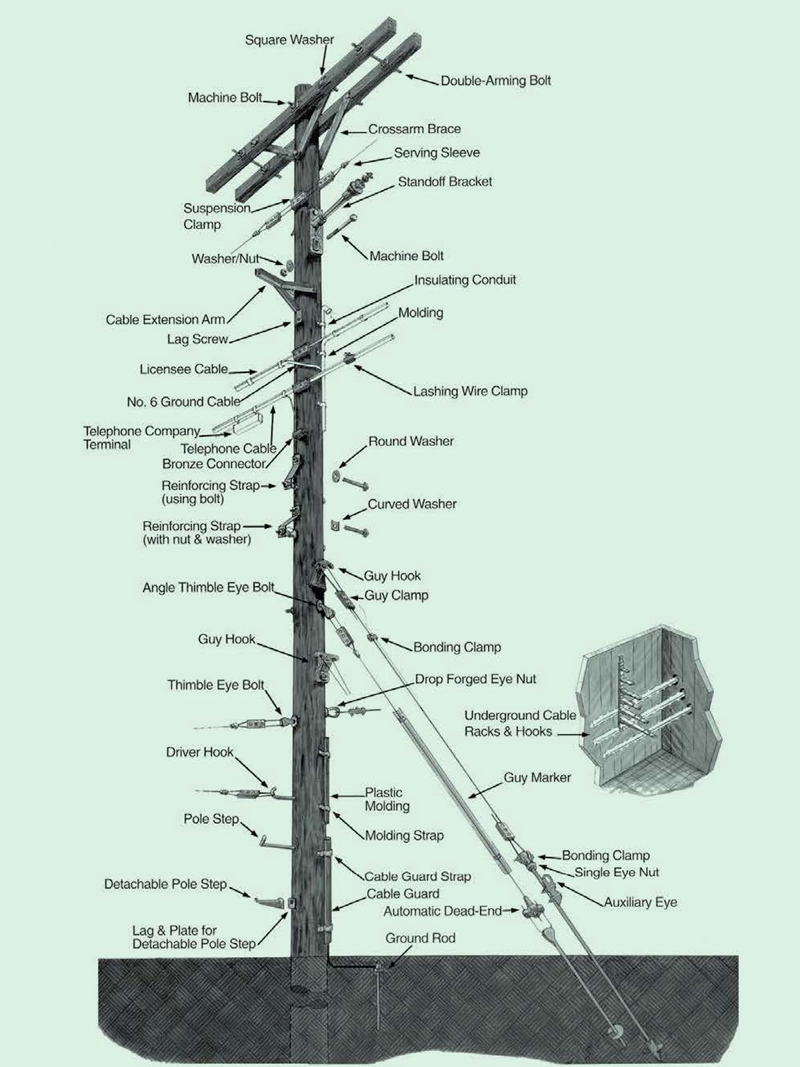With the rapid advancement of modern communication technologies and the growing demand for interactive information exchange, traditional building methods are no longer sufficient to meet the diverse needs of today’s industries. Especially in an increasingly globalized world, industrial users require advanced information services that go beyond conventional solutions. The backbone of these services is the integrated wiring system, which serves as a critical component in modern construction.
As computer networks and communication technologies evolve, they are moving toward global standardization and the integration of communication infrastructure. This has led to the expansion of network interconnections and the emergence of large-scale systems like WAN, LAN, and the Internet. These systems are continuously evolving toward more sophisticated integration, and user demands have shifted from simple voice or data transmission to more complex, multimedia-based interactions.
Today, the need for comprehensive and multimedia-rich information has surged, placing higher demands on network performance. Broadband capabilities are now essential, and network systems must support high-speed, reliable data transfer. Modern computers integrate various functions into one platform, with all forms of communication—voice, data, and video—being digitized and processed uniformly.
Integrated cabling plays a vital role in enabling faster broadband speeds and is a fundamental part of the overall system. Technologies such as twisted pair and fiber optics have expanded the reach of both local and wide-area networks, significantly enhancing the capacity and speed of integrated cabling projects. This allows for more efficient personal and office communications, supporting high-speed and high-capacity data exchanges.
A robust communication system must not only satisfy current requirements but also be adaptable to future needs. It should consider diverse cultural and social contexts, setting flexible and forward-thinking goals. Smart wiring helps improve the system's adaptability, coverage, and openness, ensuring long-term usability.
As network systems continue to expand, it becomes impractical to constantly replace outdated hardware with more powerful alternatives. Distributed processing is becoming the standard in network development, and integrated cabling remains at the heart of building a comprehensive and high-performance communication infrastructure.
Pole Line Fastener
Poleline Fastener
What is poleline fastener
The Poleline fastener, also known as a Poleline Hardware or poleline fitting,
poleline fastener is a device used to secure electrical power lines to utility poles or transmission towers.
Application of Poleline Fastener
Poleline fasteners is designed to provide strength, stability, and proper alignment for the power lines,ensuring pole line safe and reliable operation.
Poleline Hardware or Power line accessories , poleline fitting widely used in connecting, handling and holding various overhead line systems, insulators, wires, and other utilities.
Poleline fastener is an important component of the pole line construction.
Type of Poleline fastener for utility pole
According to the application, poleline fastener can be divided into Telecommunication pole hardware, Utility pole mounting hardware, Transmission and Tower hardware.
Yokelink Poleline Fastener
Yokelink supply a full line of Poleline Hardware,
We offer from the top of the pole to underground.
Double Arming bolt, Oval Eye bolt, MF Lock nut, Thimble Eyebolt, Poleline Fastener
Ningbo Yokelink Machinery Co.,Limited , https://www.yokelink.com
